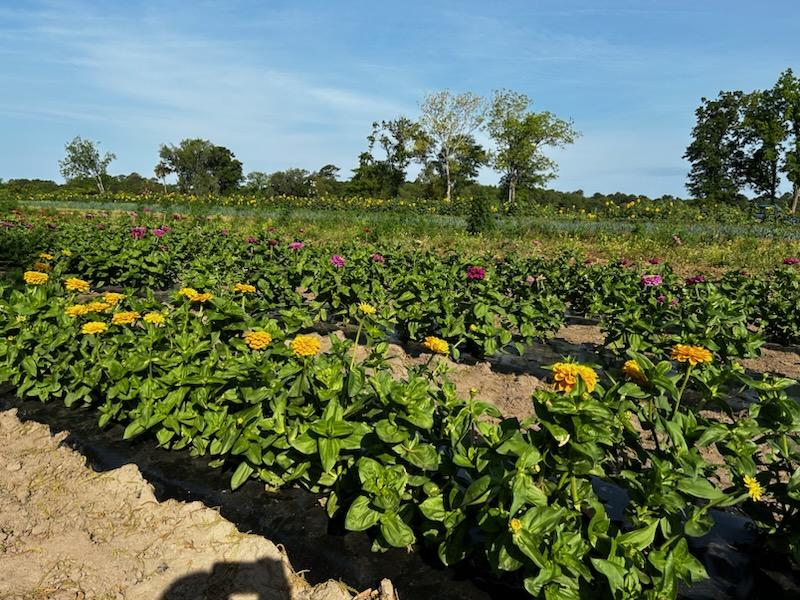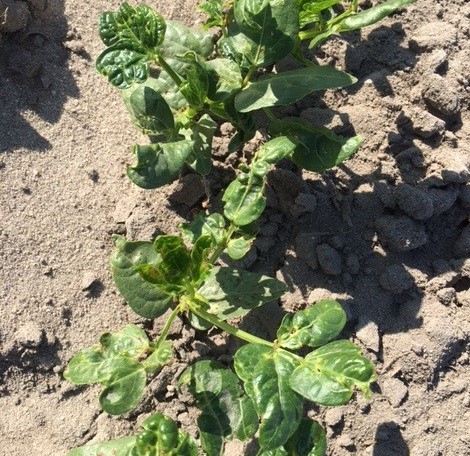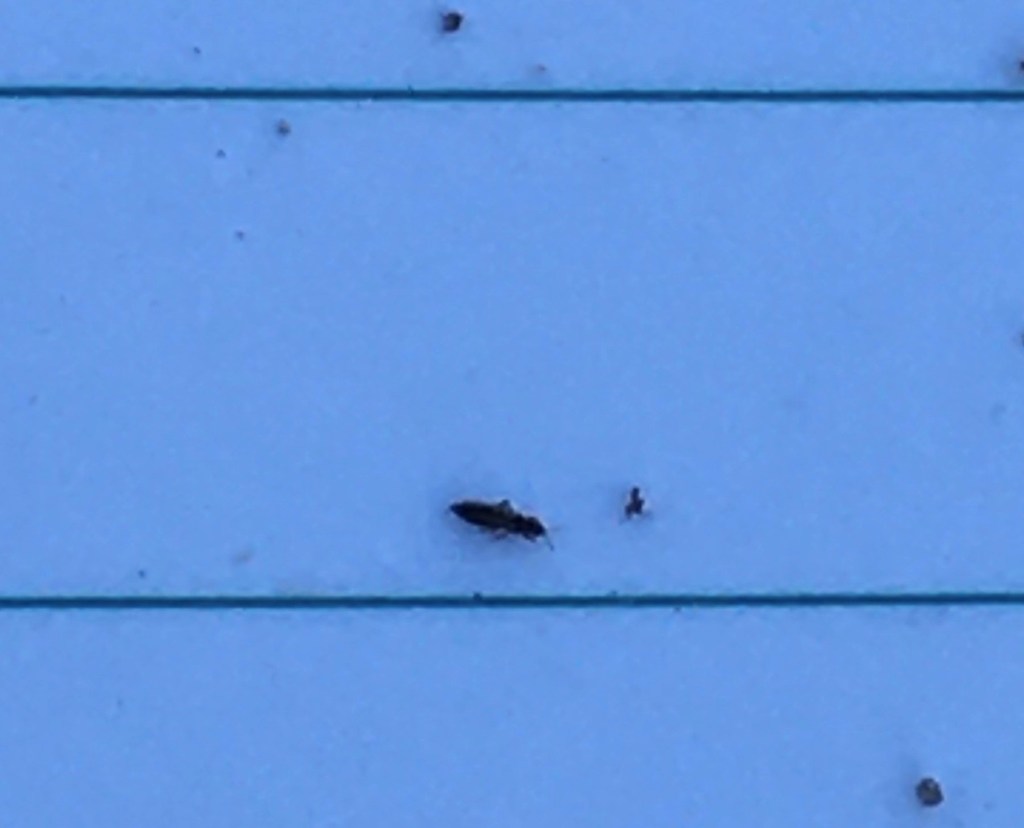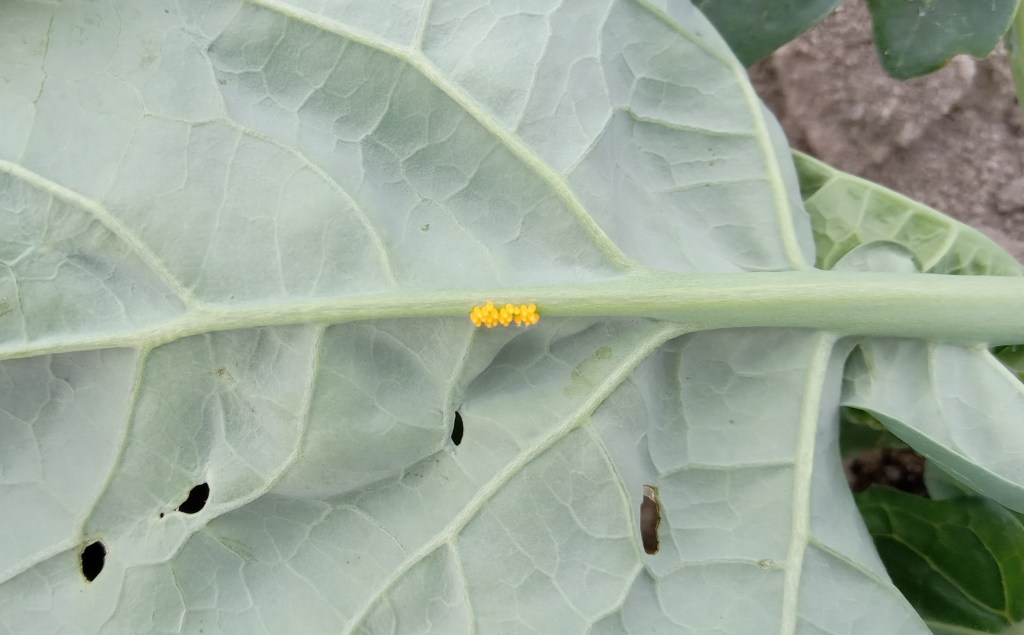Registration is now open for the Coastal REC Field Day on 6/7/23. Come to see and hear updates on vegetable weed, disease, and insect research. Register here.
Check out other upcoming meetings on the Upcoming Events tab, and don’t forget to look at our Resources tab for links to crop handbooks, helpful websites, and related blogs. Also, check out the latest episode of the SC Grower Exchange Podcast.
Be sure to scroll all the way to the bottom to see this week’s Question of the Week, and check back on Thursday for the answer.
Statewide
Tony Keinath – Extension Vegetable Pathologist
- The Emerging Viruses in Cucurbits Working Group (EVCWG) is a national effort to improve detection and management of virus diseases on all cucurbits. Dr. Keinath is a member of the Steering Committee. The EVCWG has been hard at work developing educational resources on known and emerging viruses and virus vectors in cucurbits. These educational resources include a website, as well as fact sheets, postcards, and webcasts, all of which are freely accessible from the EVCWG website.
- Dr. Keinath along with Dr. Kai Ling of the USDA in Charleston, wrote the fact sheet on Cucurbit leaf crumple virus (CuLCrV) that was a problem on fall watermelons and other cucurbits in 2017 in South Carolina. Please visit the website to look around and share it with your cucurbit producers. Several of these viruses and vectors are problems in the southeastern U.S.
- Please take a minute to respond to the website survey (link at the top of the EVCWG website home page or here).

Coastal Region
Zack Snipes
- Another week of great spring growing weather. We have been blessed with what I call a “true spring” this year.
- Boring season for a plant pathologist, but great news for growers. We are seeing very light disease pressure in all crops so far, but have the promise of some wet weather this week. It might not hurt to get out some protectants before it rains. Protectant fungicides include mancozeb, copper, and chlorothalonil and are a great way to protect crops from disease. Refer to the SE Vegetable Crop Handbook for crop specific recommendations and trade names for these active ingredients.
- Tomatoes are coming along nicely and have 2-4 ties on them already. We have had a great fruit set and are currently sizing up for harvest in a few weeks.
- Blueberries, strawberries, greens, squash, and cukes continue to be harvested in heavy volumes.


Midlands
Phillip Carnley
- Strawberries are still producing well with drier weather, and are slowly but surely drawing closer to the end of the season. Spotted wing drosophila has appeared sporadically, so keep an eye on that and treat as needed.
- Squash are fairing well with a few squash bugs here and there. The biggest problem so far has been wind damage and breakage.
- Flower clusters on muscadines are opening and vines that were pruned are looking great.
- Peaches in the eastern part of Orangeburg county are practically nonexistent with the exception of a few protected fields.
- Peanuts are being planted now that corn planting is completely finished.
- Peas and butterbeans are looking great, with early leaf damage being a non-factor. Cowpea curculio is sure to be of concern again this year. Scout often and make timely insecticide applications.
Pee Dee
Bruce McLean
- It’s getting a bit dry around the Pee Dee. We missed out on a couple of rain events and the fields are getting a bit dusty. Watch your soil moisture especially on fruit crops that are into harvest. Dry conditions do tend to create sweeter fruit… but understand too dry, and you’re losing yield.
- Strawberries and blueberries are looking good with good volumes being harvested.
- Blackberries and peaches are coming into harvest and looking pretty good.
- Muscadines are starting to bloom. Watch out for thrips and aphids. They can be found around the blooms, right now. Treat if necessary. Pyrethoids are the usual treatment. Even though bees aren’t a primary pollinator for muscadines (or bunch grapes), they can be present in the vineyard. Timing your insecticide application for late afternoon/evening is best for pollinator preservation. A boron application (now) will help ensure a good fruit set.
- Summer crops (peppers, tomatoes, watermelon, cucumbers, squash, sweet corn, etc.) are growing well and are still being planted heavily.
- Potatoes are coming into harvest.
- Thrips and aphids have really started to show up on beans and peas. Scout your fields well for them. Damage from either can set the crop back quite a bit.
- Looks like summer it upon us. Keep those fields well scouted. And, keep an eye on those weeds.



Question of the Week
What are these orange-colored things stuck to the bottom of this collard leaf?

Answer in the comments below and check back on Thursday to see the answer.